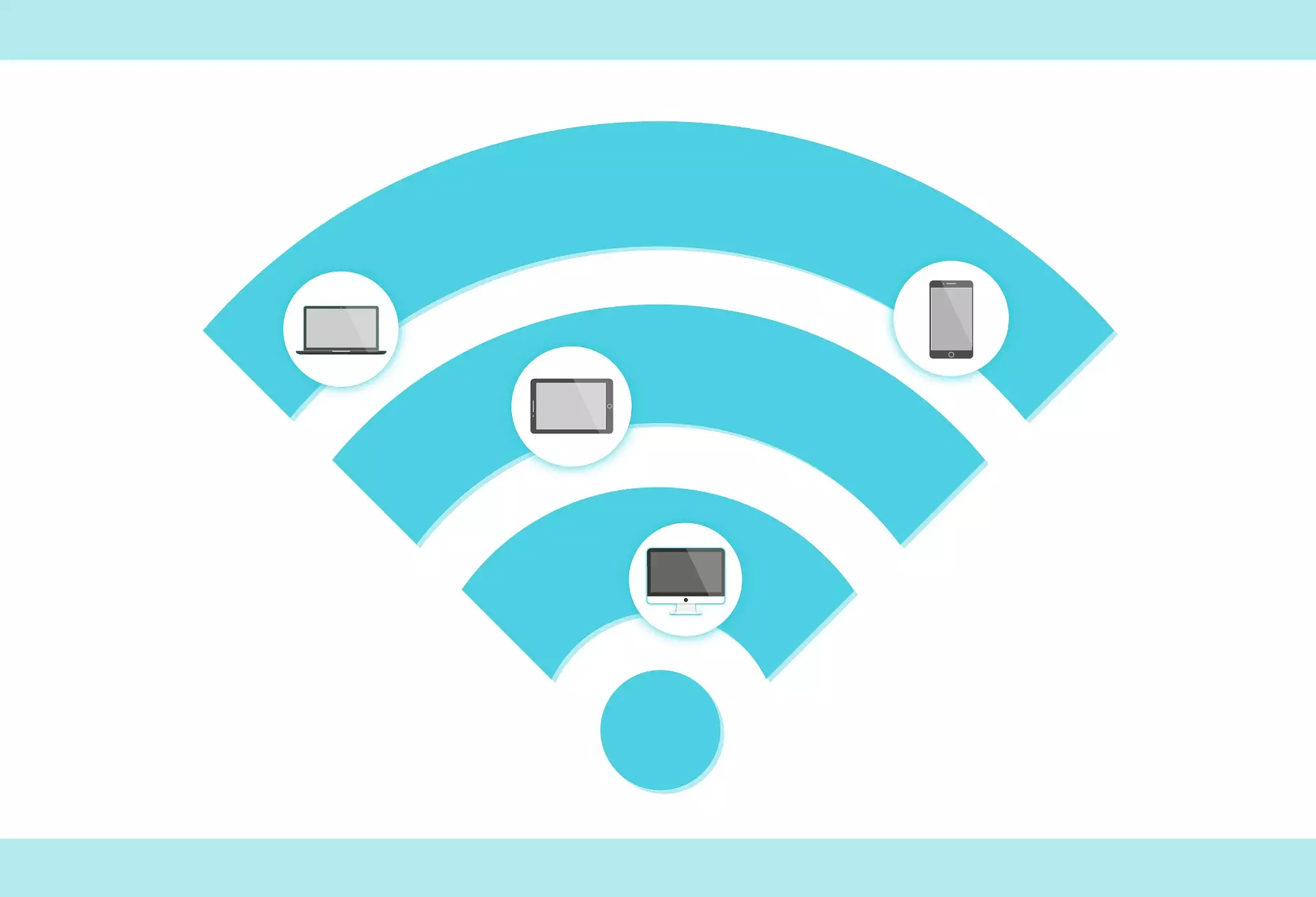In today’s world, communication infrastructure plays a critical role in enabling the quick and easy sharing of information. However, while urban African communities have benefited from this connectivity, the same cannot be said for rural areas. In these regions, where resources are scarce and investment opportunities are limited, residents face significant challenges in reliable communication. Emmanuel Ndashimye, an assistant teaching professor at Carnegie Mellon University Africa, is part of a research team from the Upanzi Network working to overcome this digital divide. Through their work, they aim to create an opportunistic connectivity network using public transportation systems to improve communication in rural communities.
The Need for Opportunistic Connectivity
The research conducted by Ndashimye and his team recognizes the tight resource constraints and lack of investment opportunities in rural African areas. With households often located kilometers apart, residents struggle to access reliable communication channels. The proposed solution is to leverage public transportation systems to create an opportunistic network, enabling people to temporarily receive and send information as buses pass through their villages. By taking advantage of the existing transportation infrastructure, this approach offers a cost-efficient and accessible way to meet communication needs in these isolated regions.
To achieve their goal, the research team combines ideas from two types of networks: delay-tolerant networks (DTN) and named data networks (NDN). The DTN allows for uploaded information to be stored until there is an opportunity for it to be sent. For instance, if a bus is equipped with a gateway device, it can collect data and store it until the bus reaches an area with a reliable connection. At that point, residents can connect to the bus, quickly download the stored information, and the bus can continue on its route.
The NDN, on the other hand, focuses on the categorization of information being sent. By labeling packets of information with specific names such as “farming,” “health,” or “agriculture,” the bus can selectively harvest the relevant data. This approach eliminates the need to gather information based on numerical IP addresses, as is common in traditional computer networks. Instead, the network gathers information based on content labels, facilitating faster and more efficient data retrieval.
Expanding Connectivity Options
As the research progresses, the team aims to provide the network with the ability to connect not only to Wi-Fi but also to Bluetooth and a Global System for Mobile Communications (GSM) network. By incorporating these alternative types of connections, the network becomes even more “opportunistic,” allowing for greater universal access for rural residents. This expanded connectivity will enable people to connect their devices to the network when buses pass through their villages, regardless of the available communication technology.
While the research is still at an early stage of development, the team has high hopes for its impact. They plan to deploy a small-scale version of the project soon to test its feasibility and effectiveness. If successful, the team will work towards integrating their solution on a larger scale, bringing reliable communication and connectivity to rural African communities.
The challenge of bridging the digital divide in rural African communities is a complex one. However, the work of Emmanuel Ndashimye and the Upanzi Network research team offers a promising solution. By leveraging public transportation systems and combining delay-tolerant and named data networks, they aim to create an opportunistic connectivity network that will significantly improve communication for residents in isolated regions. With further development and expansion, this innovative solution has the potential to create a more connected and empowered rural African population.


Leave a Reply